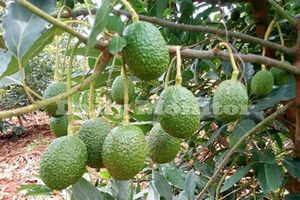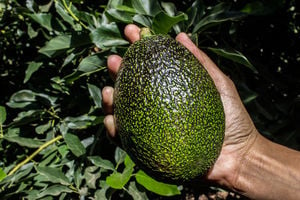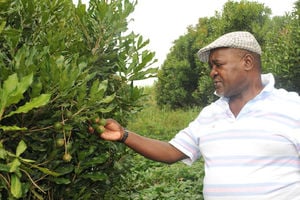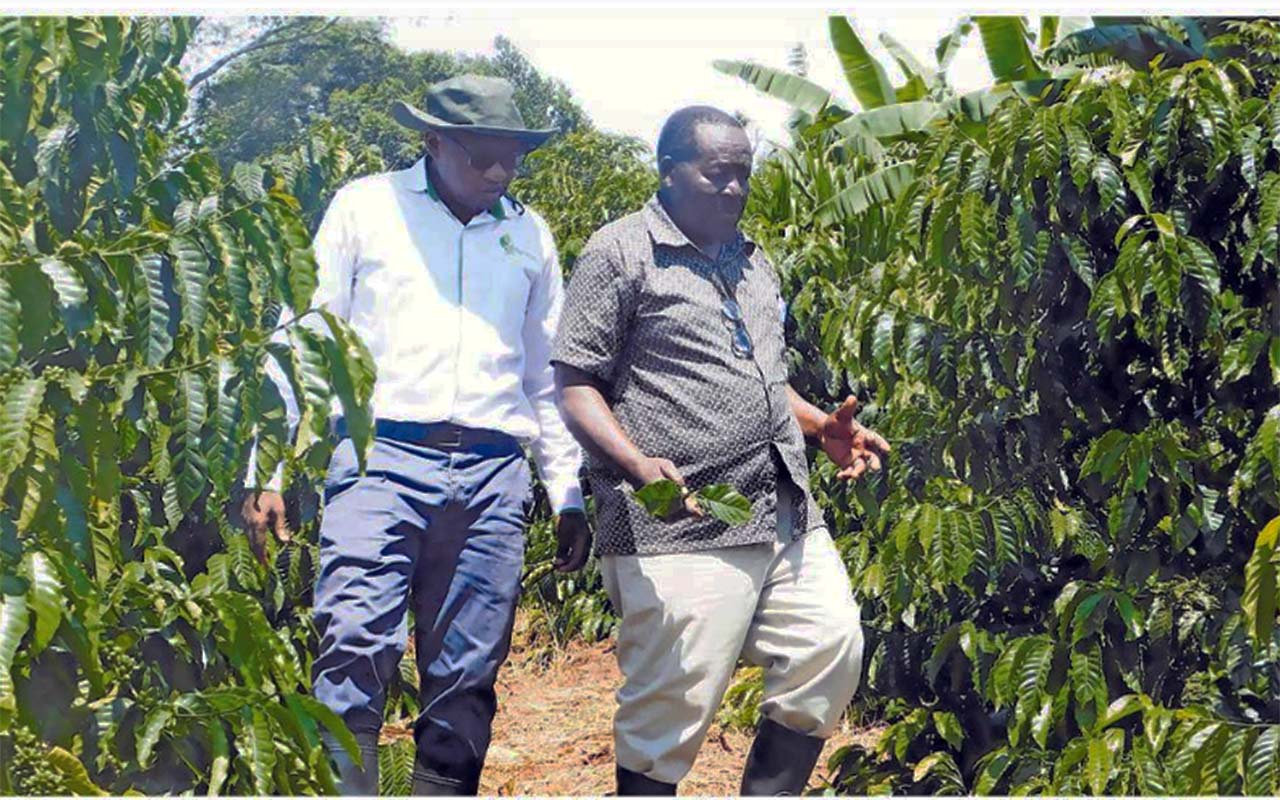
Avocado. PHOTO/FILE
The basic inflorescence in avocado is a multi-branched panicle consisting of small, pale green or yellowish-green flowers. One or two million flowers are produced in a single flowering period, although only about 200-300 fruits mature. Flowers have a single pistil with one carpel and one ovule.
Avocados exhibit unique flowering behavior, and cultivars are grouped into two classes based on class A and B. In class A, flowers open in the morning for two to three hours, functioning as females with a white stigma while the stamens remain closed. The flowers close at noon and reopen the following day during the afternoon for three to four hours, functioning then as males with the stigmas no longer functioning.
Whereas in class B, flowers open in the afternoon as females, and the stamens remain closed. These flowers close in the evening and reopen the next morning as males. This phenomenon is called "Protogynous dichogamy" (functional male and female organs in each flower) and is common when warm weather prevails during flowering.
Temperature plays an important role in the opening of avocado flowers, with the optimal being 20-25°C. If the temperatures are lower or higher, this may interfere with pollination. Therefore, if you plant only type A avocado trees, pollination will not occur because the flowers have different fertilisation times. This can be overcome by intercropping type A and type B avocado trees so that the production of pollen grains coincides with the reception time of the other.
For example, Hass avocado belongs to type A cultivar, while Fuerte is type B. Therefore, intercropping the two will increase the chances of pollination as long as insect pollinators are available. Another reason for the failure of fruit production could be too much application of nitrogenous fertiliser, which leads to excessive vegetative growth at the expense of fruit production.
Make sure you also fertilise your avocado trees each year because failure to produce fruits may be due to nutrient deficiency. Boron deficiency may also make your avocado trees flower and fail to produce fruits. You can apply boron as a spray on the leaves and flowers or use a fertiliser that contains boron. Additionally, if you planted your avocados from seed, they may take longer to start producing fruits compared to planting a grafted seedling.






